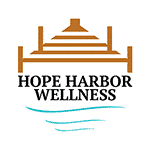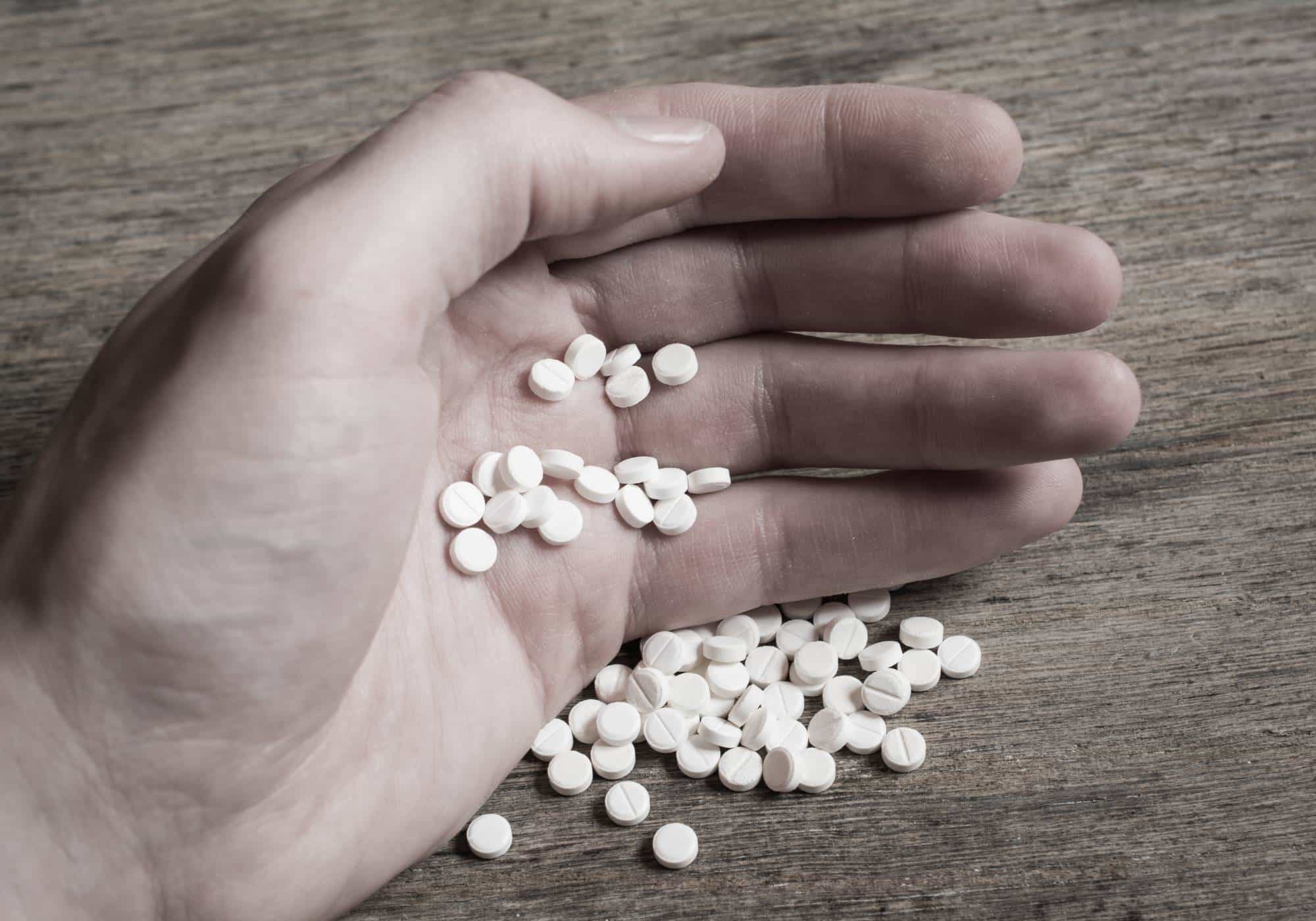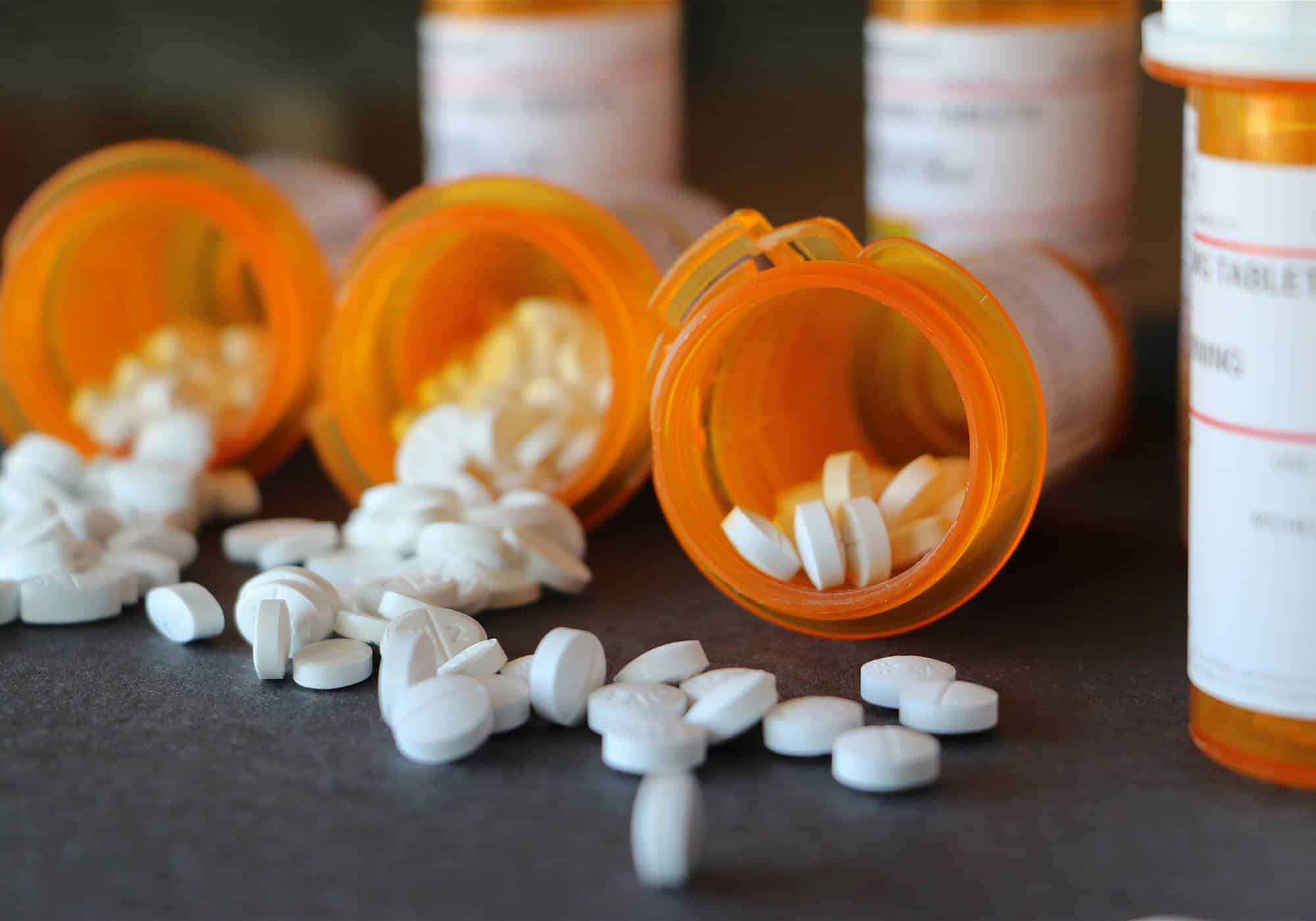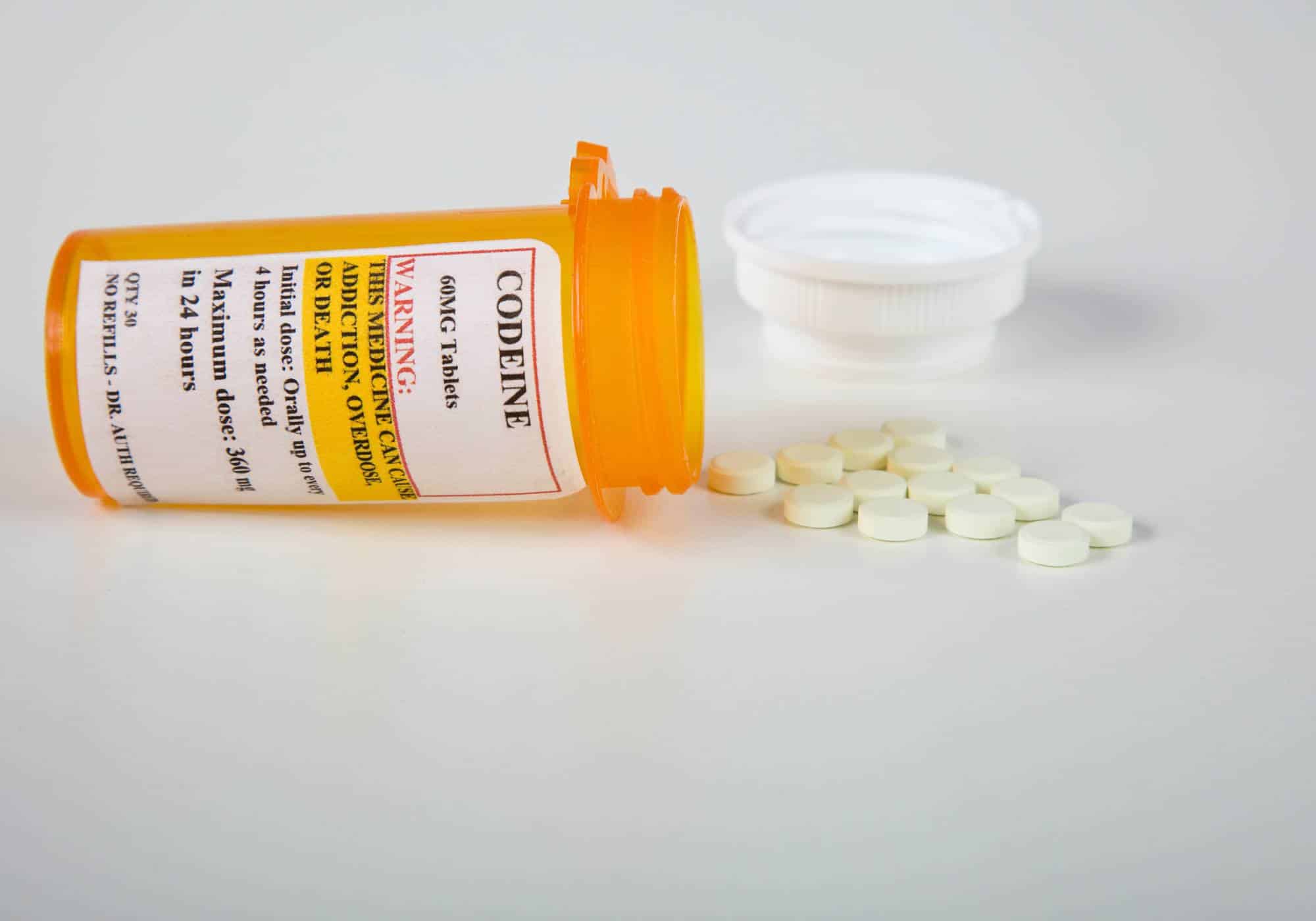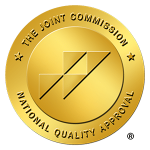What is Polysubstance Use?
Polysubstance use refers to the concurrent or sequential use of different substances, which can include illegal drugs, alcohol, prescription medications, and legal substances. Individuals may engage in polysubstance use intentionally, to enhance or mitigate the effects of certain drugs, or unintentionally, through the consumption of substances that are unknowingly laced with additional drugs.
Polysubstance abuse is defined by the indiscriminate combination of substances to affect mental or physical states, ranging from mixing alcohol and tobacco to combining illicit drugs like heroin with prescription painkillers.
The goal behind polysubstance use often revolves around seeking enhanced pleasure, altered states of consciousness, or increased relaxation. It entails the consumption of multiple drugs to intensify or multiply desired effects, counterbalance the effects of one drug with another, or augment the potency of each drug taken.
Polysubstance use is fraught with dangers, including a heightened propensity for adverse effects and engagement in other hazardous behaviors. It’s commonly seen with the mixing of depressants (for example, alcohol and benzodiazepines), stimulants (such as cocaine and ecstasy), or both stimulants and depressants (like mixing cocaine with alcohol).
Individuals engaging in polysubstance use may develop a dependency or addiction to one or several of the substances involved, compounding the risk and complexity of their situation.
Risk Factors and Causes of Polysubstance Abuse
Polysubstance abuse extends the boundaries of traditional substance use concerns, presenting a complex challenge to public health due to the concurrent use of multiple drugs.
Extensive research into substance use patterns has identified several factors that increase the likelihood of engaging in polysubstance abuse. These factors include:
- Age, particularly younger demographics
- Lower levels of education
- Being unemployed
- Ethnic backgrounds, with a noted prevalence among White individuals
- The presence of physical or mental health conditions
- Experiences of anxiety
- Struggles with depression or other mood-related disorders
- Frequent tobacco or alcohol consumption
In addition, genetic predisposition, a family history of substance abuse, exposure to stress or trauma, and the accessibility of various drugs further contribute to the risk of polysubstance abuse. These insights underscore the multifaceted nature of substance use disorders and highlight the importance of addressing these contributing factors in prevention and treatment efforts.
Dangers of Polysubstance Abuse
Polysubstance abuse involves the concurrent use of multiple drugs, presenting unique dangers that vary depending on the substances combined. Some of the primary risks include:
- Increased Adverse Reactions: Every substance comes with its potential side effects. When combined, these can intensify or interact unpredictably, leading to severe reactions like heightened nausea, severe body discomfort, difficulties in motor control, and critical changes in vital signs including heart rate, respiration, and blood pressure.
- Elevated Health Dangers: Mixing substances can inhibit the body’s ability to metabolize these drugs efficiently, potentially resulting in elevated levels of toxicity. This can lead to the production of harmful byproducts as the body processes the substances. Individuals engaging in polysubstance abuse face a greater risk of developing long-term health issues. For example, chronic diseases such as hepatitis C are more common in individuals who combine heavy alcohol use with intravenous drug use. Similarly, those who mix tobacco and cocaine face an increased risk of heart complications.
- Compounded Mental Health Issues: Polysubstance abuse is particularly concerning for those with dual diagnoses, where a substance use disorder and another mental health condition coexist. The abuse of multiple drugs can worsen mental health symptoms, creating a vicious cycle where each condition exacerbates the other. This interaction complicates treatment efforts and the journey toward recovery, demanding a nuanced approach to address the intertwined challenges of mental health and substance abuse.
Common Substances in Polysubstance Abuse
Polysubstance abuse often involves a combination of drugs, with some being more prevalent than others in these dangerous mixtures:
- Alcohol
- Marijuana
- Cocaine
- Methamphetamines
- Heroin
- Synthetic substances like Spice/K2, bath salts, and gravel
- Prescription opioids, for example, OxyContin, Oxycodone, and Vicodin
- Benzodiazepines such as Xanax, Ativan, and Klonopin
- Club drugs, including MDMA (Molly, Ecstasy)
- Recreational inhalants, often referred to as “poppers” (amyl nitrate)
- Psychedelics, like LSD and psilocybin mushrooms
Engaging in the use of three or more of these substances—apart from nicotine and caffeine—is considered polysubstance abuse.
This form of substance abuse is notably prevalent among teenagers and young adults, who might find themselves more inclined to experiment with different substances. This experimentation can stem from difficulties in securing a steady supply of a single drug, a curiosity-driven exploration of various effects, or as a coping mechanism for the unique pressures faced during these formative years.
Risks of Mixing Specific Substances in Polysubstance Abuse
Polysubstance abuse, involving the combination of different drugs, can create complex interactions and exacerbate health risks.
Cocaine and Alcohol
This common pairing increases cocaine levels in the body by up to 30%, creating cocaethylene, which prolongs its effects in the bloodstream and can dangerously raise heart rate and blood pressure. Cocaine may also reduce the effects of alcohol, potentially leading to excessive drinking.
Opioids and Cocaine
The depressant effects of opioids contrast with cocaine’s stimulant properties. Users may combine these to mitigate the side effects of each, but this practice can obscure the symptoms of overdose, increasing the risk of severe health issues.
Opioids and Benzodiazepines
Both substances depress the central nervous system, and their combination can dangerously lower respiratory function, risking fatal overdose. This risk is particularly acute in older adults, who process benzodiazepines more slowly.
A 2014 report from the Substance Abuse and Mental Health Services Administration (SAMHSA) noted nearly 1 million emergency department visits between 2005 and 2011 related to the misuse of benzodiazepines, either alone or combined with alcohol or opioids, highlighting a significantly increased risk of life-threatening outcomes from such combinations.
Prescription and Illicit Drugs
Misusing prescription drugs, often mistakenly believed to be safer, can be just as hazardous as using illicit substances. Prescription medications can lead to severe health issues or even death when misused with alcohol, other prescriptions, or illegal drugs.
Even over-the-counter medications, like cough syrups containing dextromethorphan (DXM), can induce hallucinations in high doses. Promethazine-codeine cough syrup, known for its sedative effects, is frequently abused with alcohol or marijuana, illustrating the wide-ranging dangers of polysubstance abuse. This complex web of drug interactions underlines the importance of awareness and caution regarding polysubstance use disorders.

Polysubstance Abuse Signs and Symptoms
Identifying polysubstance abuse involves observing the complex array of signs that emerge from the combined use of multiple substances. Advances in research, including the application of artificial intelligence and machine learning, have shed light on common patterns of substance use escalation, including:
- Initial use of alcohol, cannabis, and/or opioids, progressing to cocaine.
- Movement from benzodiazepine and cocaine consumption to cannabis.
- Evolution from using alcohol, cocaine, and cannabis to opioids.
Each substance involved in polysubstance abuse contributes to a unique set of symptoms, complicating the diagnosis.
Physical Symptoms of Polysubstance Abuse
- Increased tolerance, necessitating higher quantities for the same effects.
- Withdrawal symptoms such as sleep disturbances and digestive issues when attempting to quit.
- Physical injuries due to accidents or falls while intoxicated.
- Elevated risk of overdose, particularly with respiratory depression from opioid use.
- Chronic health problems like liver damage from alcohol use, seizures, or ongoing pain.
Psychological Symptoms of Polysubstance Abuse
Polysubstance abuse can significantly alter mental health and behavior, evident in the anxiety linked to methamphetamine use, a drug often mixed with others. Other psychological impacts may include:
- Fluctuating moods and behavioral changes.
- Emerging feelings of anxiety, depression, or isolation.
- Overwhelming cravings and a fixation on acquiring and using multiple drugs, shifting personal and social priorities.
Social and Emotional Symptoms of Polysubstance Abuse
Those grappling with polysubstance abuse face profound disruptions in their personal and professional lives, often encountering legal and financial issues. The overarching effects of such addiction patterns can lead to:
- A neglect of personal and professional responsibilities.
- Damaged or lost relationships.
- Continuous drug-seeking actions.
- An inability to moderate or cease substance use despite negative consequences.
Understanding these indicators is essential for recognizing the presence of polysubstance abuse and the urgent need for appropriate intervention and support.
Understanding Polysubstance Dependence
Substance use disorders are complex conditions arising from the brain’s altered functioning due to prolonged drug use. These changes affect neural circuits responsible for pleasure, learning, stress, decision-making, and behavior control.
Polysubstance dependence is a condition where the body becomes accustomed to relying on a mix of substances to function properly, typically identified over the course of a year. While different drugs affect the brain in various ways, addictive substances, including alcohol, opioids, and cocaine, often elevate dopamine levels in the basal ganglia. This dopamine surge generates feelings of pleasure, contributing to the cycle of addiction.
Causes of Polysubstance Dependence
Ongoing use of multiple drugs leads to significant alterations in brain architecture and operations, known as neuroadaptations. These changes disrupt the brain’s standard processes, fostering a progression from occasional, manageable use to frequent misuse and dependence. This shift underscores the brain’s complex relationship with multiple substances, highlighting the critical need for understanding and addressing polysubstance dependence.
What is the Difference Between Polysubstance Dependence and Polysubstance Abuse
Navigating the complexities of polysubstance issues, it’s vital to distinguish between abuse and dependence, terms often mistakenly used interchangeably. Polysubstance abuse refers to the use of multiple substances in ways not medically recommended or beyond prescribed amounts, which may not always culminate in dependence.
On the other hand, polysubstance dependence is characterized by the persistent use of several substances to a degree where the individual’s physiological and psychological functions hinge on their presence. This dependence signifies a profound chemical reliance, where the absence of these substances disrupts normal brain function and overall health. This distinction sheds light on the spectrum of polysubstance interactions and the critical need for tailored approaches in treatment and recovery.

Polysubstance Abuse Treatment in Atlanta, GA at Hope Harbor Wellness
Tackling polysubstance abuse and addiction demands a nuanced and personalized treatment plan, acknowledging the complexity of addressing the use of multiple drugs. The initial step towards healing is the detoxification process, where the individual undergoes withdrawal management under medical supervision. Given the diverse and potentially unpredictable withdrawal symptoms associated with multiple substances, choosing a rehab facility with specialized expertise in polysubstance detox is essential.
After successfully navigating detox, the journey of healing continues into the treatment phase. This critical period, which may last between 3 to 6 months depending on the severity of the abuse, integrates a variety of therapeutic interventions:
- Individual Therapy: A cornerstone of the recovery process, individual sessions employ proven techniques like cognitive behavioral therapy (CBT), dialectical behavior therapy (DBT), and other modalities to unearth and address the root causes of addiction while fostering resilient coping strategies.
- Medication-Assisted Treatment (MAT): Especially beneficial for those grappling with opioid or alcohol use, MAT can play a crucial role in reducing cravings and lowering the risk of relapse.
- Group Therapy: Sharing experiences and receiving support from peers in similar battles offers invaluable perspectives and encouragement, strengthening the recovery journey.
- Family Therapy: Rebuilding familial ties through therapy helps enhance communication, solve longstanding conflicts, and set up a network of support crucial for sustained recovery.
- Holistic Approaches: Supplementing traditional treatments with holistic practices such as mindfulness, yoga, and creative arts therapy can significantly boost mental and physical well-being, aiding in the recovery process.
At Hope Harbor Wellness we’re committed to guiding individuals through their recovery with our comprehensive outpatient treatment options, including intensive outpatient programs and partial hospitalization programs in Atlanta, GA. Our dedicated team is ready to support you every step of the way towards a life of recovery and well-being. Contact us at 678-929-6304 or through our online form to start your journey back to health.
